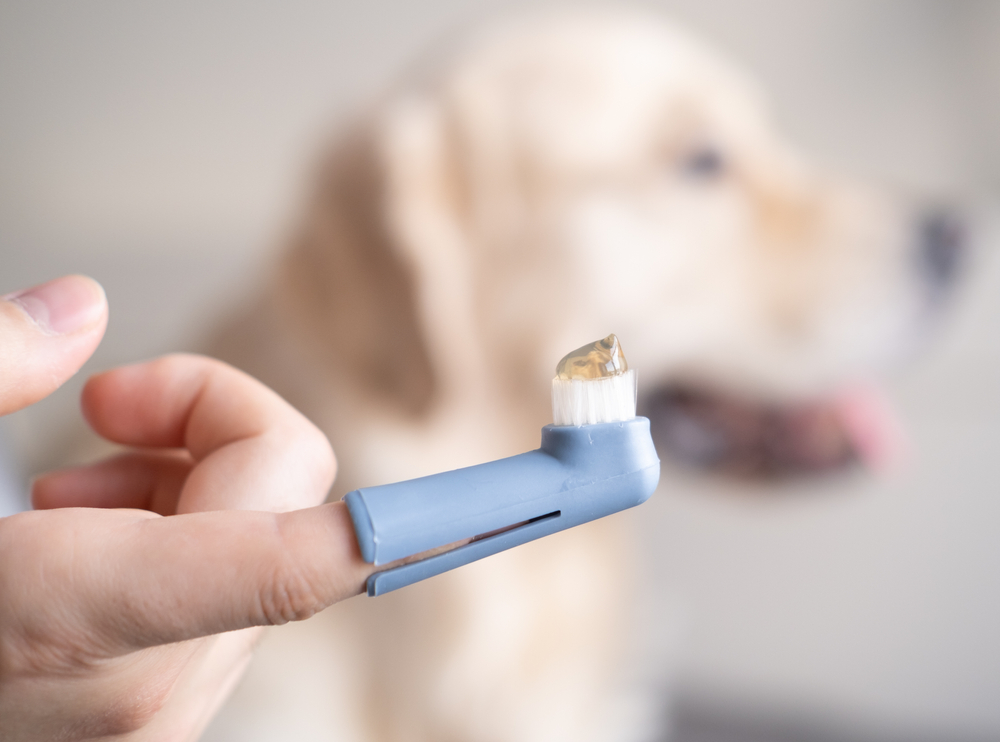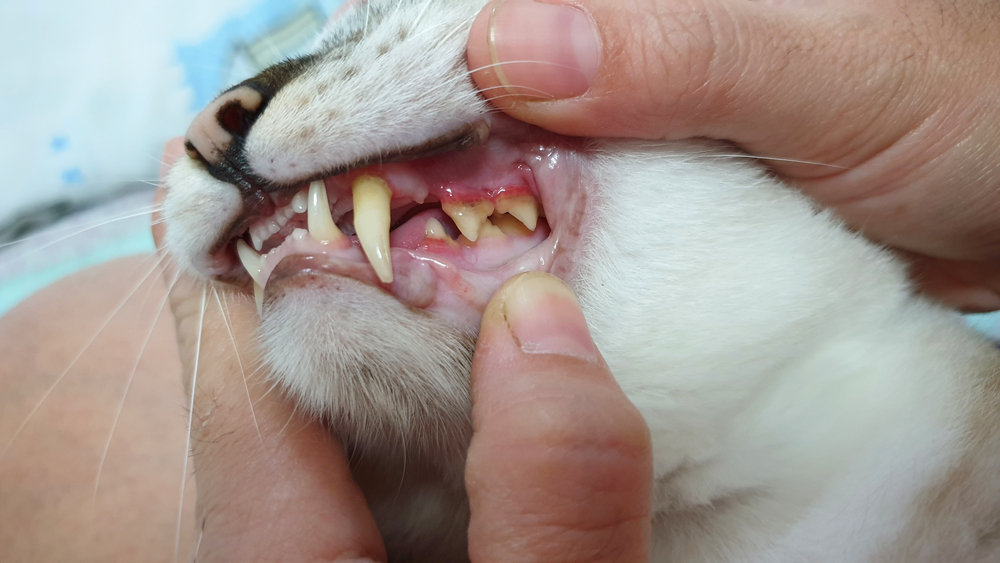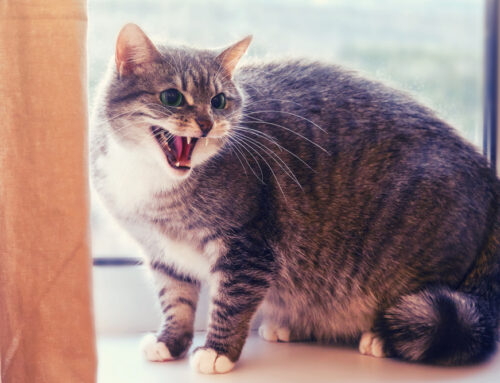Our team at Cane Bay Veterinary Clinic diagnoses and treats a serious—but preventable—disease that affects thousands of pets annually. Periodontal disease, also known as pet dental disease, affects a shocking 80% to 90% of pets over age 3. Worse, left untreated, periodontal disease progresses to a painful condition that can impact your pet’s entire body, including major organs such as the heart, liver, and kidneys.
Pet owners too often overlook their pet’s dental health, but there is positive news—periodontal disease in cats and dogs is avoidable with early intervention and regular dental care. We aim to help you recognize dental disease signs and prevention methods, to give your pet the healthiest smile around.
Why does periodontal disease develop?
All pets are susceptible to dental disease, but some small breeds and older pets are at greater risk. Periodontal disease occurs when plaque (i.e., bacteria) and tartar (i.e., calculus) accumulate above and below the gum line, which eventually leads to structural damage of the tissues surrounding the teeth. The buildup of bacteria then circulates through the bloodstream to the major organs.
Periodontal disease also causes pain and discomfort in your pet. Untreated, infection, broken teeth, missing teeth, bone loss, bleeding from the gums, and systemic damage typically follow.
Early signs of periodontitis in pets
Before we dive into the four stages of periodontal disease, let’s begin with early signs visible to pet owners, who can prevent periodontitis progression by closely observing their pet’s dental health. Some obvious dental disease signs include:
- Halitosis or bad breath — Your dog or cat’s mouth that smells like they’ve been eating from the garbage can is a warning of bacterial or plaque growth on their teeth.
- Discolored or damaged teeth — Dental problems are usually present when grey or tan spots are forming from the gum line, across the tooth surface. You may also notice a thin red line at the gum line, or bleeding from the gums.
- Gum inflammation — Swelling and redness of your pet’s gums indicate gingivitis, which is considered stage 1 periodontitis and will sometimes cause pain.
- Pawing at or rubbing the mouth — If your furry friend has been rubbing their mouth and jaw, take note. While most pain develops in the disease’s later stages, your pet can be uncomfortable early on.
It’s imperative that your pet be examined if you note any of these signs. Since periodontal disease is preventable, our team will examine your pet, reach a diagnosis, and develop their best treatment plan.
An overview of diagnosis and treatment
The only way to completely understand your pet’s dental health is by examining their mouth while they are anesthetised. During this examination, we will take dental digital X-rays for a closer look below the gum line and in their oral cavity, where changes cannot be seen by the naked eye, but X-rays will show bone loss, infection, and other problems.
Once we have seen the details of your pet’s dental decay, we will grade their stage of periodontitis. There are four distinct stages:
- Stage 1 — Gingivitis is present.
- Stage 2 — Early periodontitis with less than 25% bone loss is present.
- Stage 3 — Periodontitis is moderate, with 25% to 50% bone loss, but attachment from the connective tissues to the tooth is lost.
- Stage 4 — Periodontitis is advanced and likely severe, with teeth and bone loss, and systemic disease development.
Pain may be present in all four stages, but will increase as the disease progresses. However, pain is only one of the perilous aspects of pet periodontal disease, which can also be life threatening.
During the early stages, a professional teeth cleaning will help stop the disease advancing, particularly during stage 1, when this treatment removes plaque and tartar more efficiently. Treatment involves reducing the depth of dental pockets that collect the bacteria responsible for bone loss. Later stages typically require the extraction of loose or damaged teeth, along with treating any infection and pain.
Pet dental care is key

The best way to help keep your pet’s oral health in great shape is through regular at-home toothbrushing and yearly veterinary examinations. Start your pet’s dental care routine at an early age, brushing their teeth daily, or every other day at a minimum, using pet-safe toothpaste and brush. Never use human toothpaste, which is toxic to pets.
If you need help brushing your cat or dog’s teeth, make our Cane Bay Veterinary Clinic your go-to resource. Call us for more information and to schedule your pet’s wellness and dental exams.







Leave A Comment